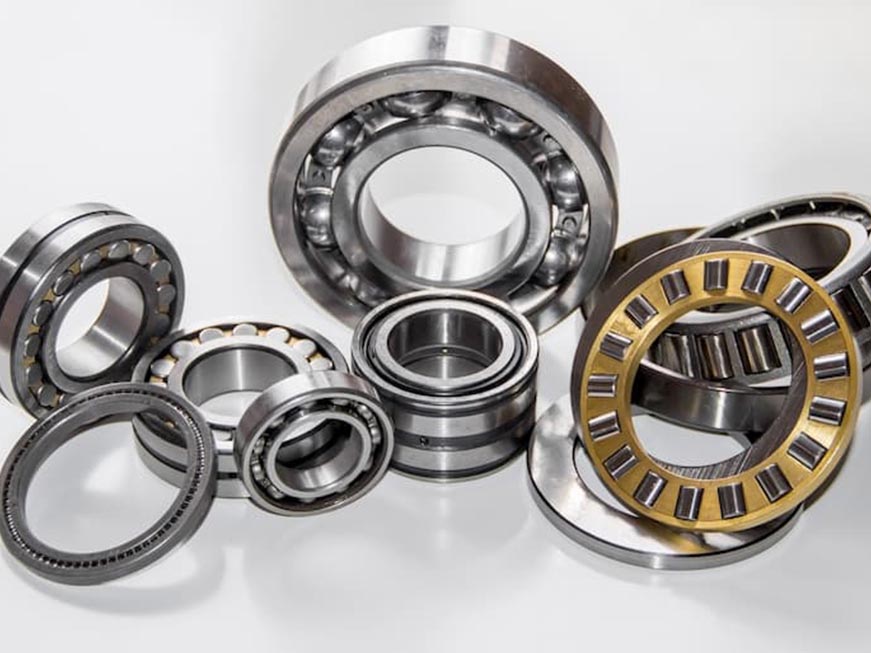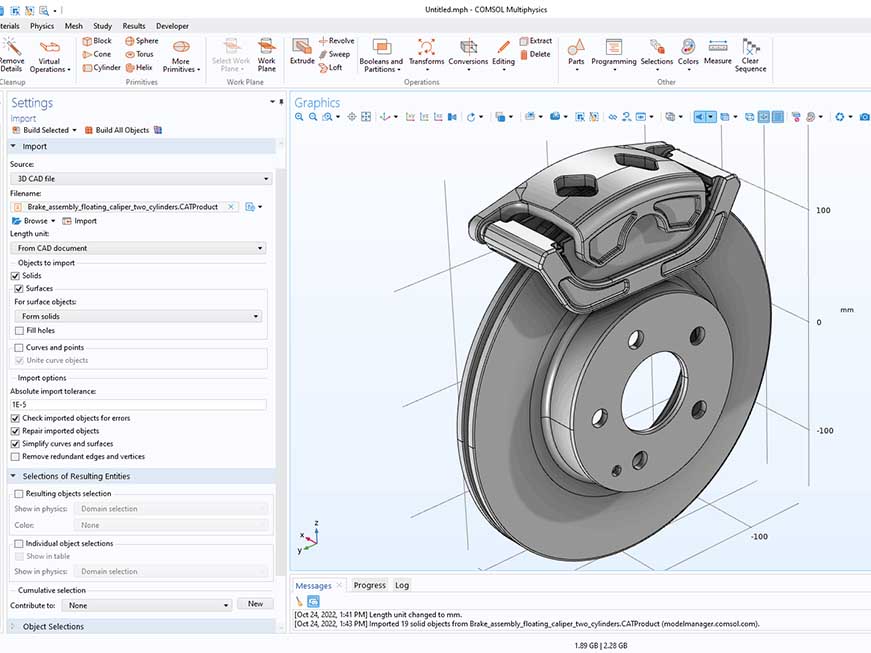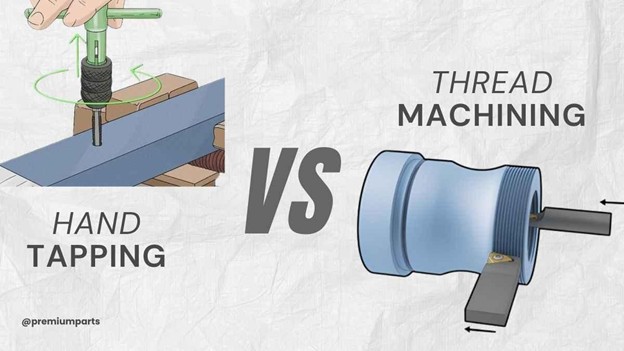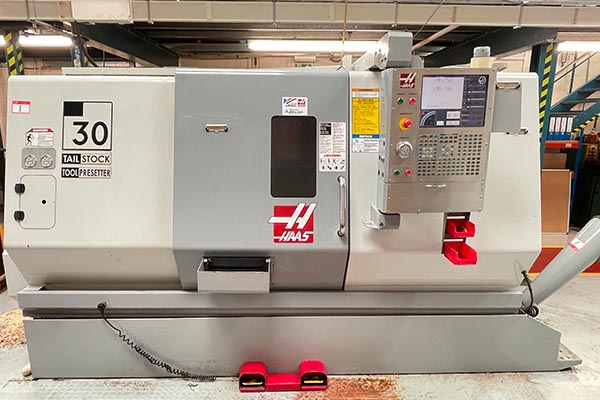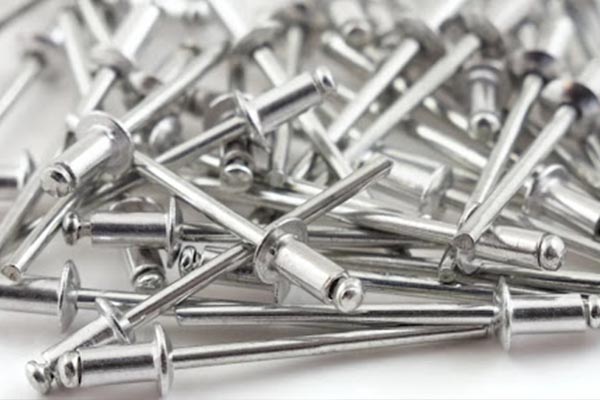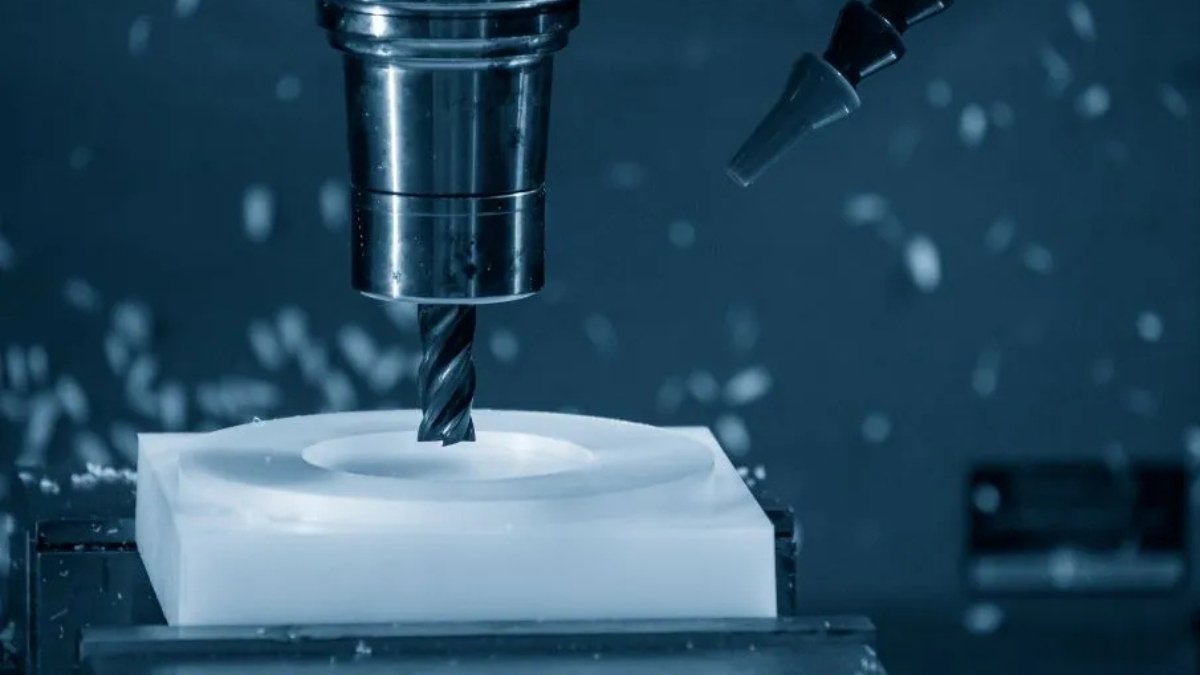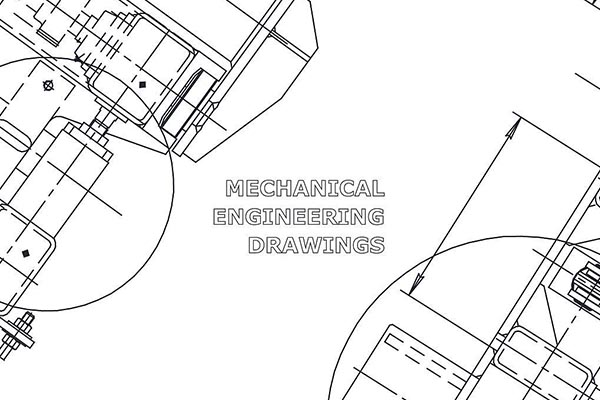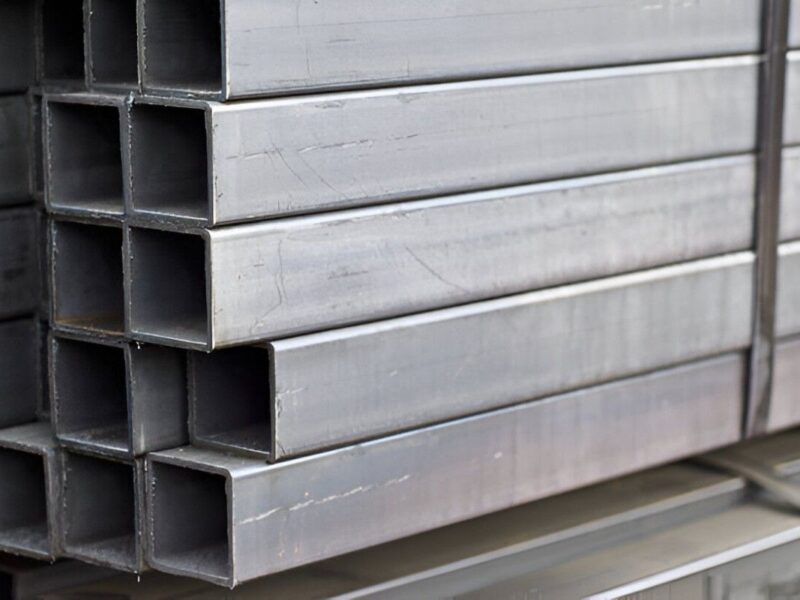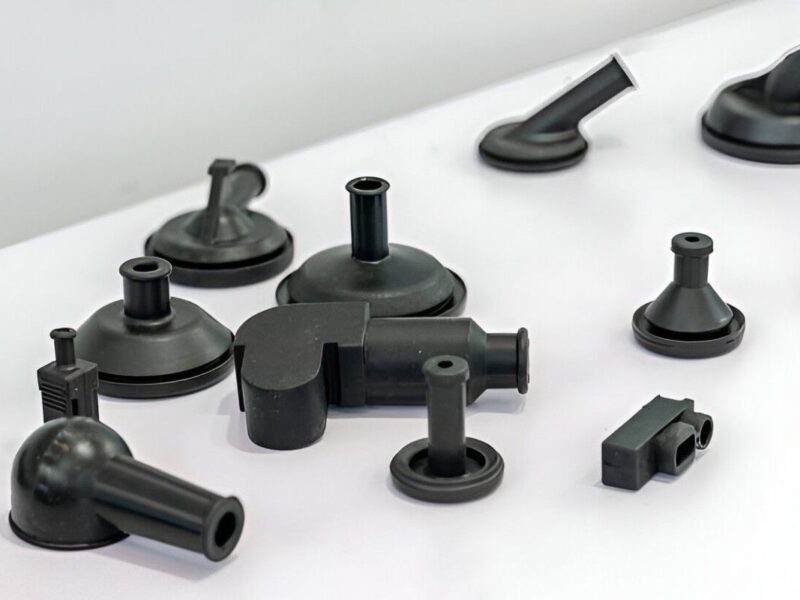Zinc plating is a special method to protect metals from corrosion and enhance their durability. It’s a reliable procedure to protect the metals from environmental elements such as water and air. That’s why manufacturers use this method for durability and requisite functionality. Many other methods are available on the market, such as nickel plating. However, zinc plating is unbeatable for its uses and aesthetics in automotive, construction, aerospace, and many other industries. Let’s discuss the details of electroplating of zinc, its process, types, and specifications. Dive in without any further ado!
What is Zinc Plating?
Zinc plating is a finishing procedure for metals in which we use metal plating to stop corrosion and protect them. This method involves electroplating a thin zinc layer on the surface of the metal. We use an electrolyte solution featuring zinc ions, and the ions form a zinc coating over the surface of the metal. This plant has a thin layer of zinc, which prevents the metal from reacting with the air and moisture and contributes to rust prevention. Thus, it’s a reliable method that economically ensures the metals’ longevity.
A Glimpse at the History of Zinc Plating
Zinc plating, though well-known nowadays, has deep roots throughout the past century. Back in the 9th century, Indians used zinc coatings to prevent metals from corroding. However, the applications weren’t up-to-date because the technology was unavailable, and very few people knew about this method around the globe. Later on, in the 20th century, the plating method became a valuable technique after the development of the electroplating process. Subsequently, in the 1980s, the new use of metals and heavy applications demanded more reliable products. Thus, zinc electroplating offers corrosion resistance and protection from toxic environmental elements.
Rather than using cadmium for plating metals, manufacturers switched to zinc plating, which offered guaranteed results. Its protection qualities were unmatchable, and it had a minimum impact on the environment. In this modern era, galvanization is the foremost technique for metal finishing to ensure reliability and durability.
Chemicals Used for Zinc Plating
The zinc plating includes different chemicals in an electrolyte solution to ensure optimum results. Each chemical has exceptional characteristics and facilitates the electroplating reactions according to your needs. However, using the right chemical ensures the coating is done perfectly. Here are the major chemicals we use:
- Zinc Sulfate and Zinc Chloride are the most common chemicals used in electrolyte solutions. They offer necessary zinc ions for plating. However, they have different uses, with zinc sulfate being best for rack plating and zinc chloride being suitable for barrel plating.
- Additions: Other than the main chemicals, there are many additives in the electrolytic solution to make the process smooth. These chemicals ensure the smoothness and gloss of the metal surface. In short, they enhance the appearance of the metal part and give a uniform finish for zinc coating.
- Acids and Alkaline: Although they don’t have direct application in the electrolyte solution. However, these are best for cleaning the metal part before undergoing plating. Alkaline chemicals are best for removing oil from the metal surface, while acids are suitable for dust removal.
How Does Zinc Plating Work?
In zinc plating, we dissolve the metal part in an electrolyte solution containing zinc ions. When the current passes through the solution, it activates the ions and deposits them onto the metal surface. This layer protects the metal from environmental risks and corrosion to ensure its durability. It fights all external elements, from moisture to air and heavy pressures, to ensure the parts work for a long time.
We start by cleaning the part’s surface. After cleansing the metal, the manufacturers place it in the electrolytic solution featuring zinc ions. Then, they apply an electric current to activate the zinc ions and start moving from the anode (zinc) to the cathode (metal part). The movement of zinc ions creates a uniform layer over the metal surface, which offers a better finish and durability. After that, we rinse and dry the metal part and prepare it for further treatment.
Step by Step Process of Zinc Plating
Zinc plating involves various steps. Each requires careful thought and attention. It is a lengthy process, from initial cleaning of the metal parts to finishing the dependable coating for corrosion resistance. Here are some important steps to be taken:
Surface Cleaning
After the manufacturing, the parts usually have dirt, debris, and oil on them. Even if they are not new, they can still face rust and other vulnerabilities. Thus, preparation of a part’s surface for zinc plating is a crucial step. We need to clean the part properly with alkaline detergents or other acids. Note that ignoring this step can prevent the zinc layer from depositing uniformly over the metal surface, offering loopholes to environmental factors.
Preparation of the Solution
Now that the surface is clean, we need to prepare the solution that contains zinc salts. The most common zinc salts we use in electrolyte solution include zinc sulfate or zinc chloride. Order salts can also be there to support the flow of zinc ions later on. This solution offers the best medium for electroplating with optimized levels of zinc ions offering concise results.
Electroplating
Electroplating is the main process in which zinc deposits on the surface of the metal part. During this process, we apply an electric current to the solution for the activation of zinc ions. The solution has a zinc anode, and the metal acts as a cathode. So the ions flow from anode to cathode and deposit on the surface of the cathode (metal). The zinc ions undergo an electrochemical reaction with the cathode and form a layer over the metal. This reaction offers a smooth and premium finish of zinc over the metal surface.
Drying and Post-treatment
Now that the finishing is done, we rinse the metal to remove the chemicals and residues from the solution. Subsequently, we dry the part and go for other post-treatments. The other treatments can include sealers and coatings such as chromate conversion to make the parts more durable and corrosion-free. The post treatments involving passivates and sealers protect the metals from moisture and oxidation.
Different Types of Zinc Plating
Zinc plating is a popular process across many light to heavy industries. Most of the parts that claim corrosion resistance undergo galvanization or electroplating with zinc. Thus, it won’t be a surprise to know that many types of zinc plating exist. Each has a different process and offers different protection levels. Therefore, the methods also orient the parts for particular applications. Here are some significant types that enhance the durability and environmental compatibility of the metal parts:
Yellow Zinc Plating
Yellow plating includes applying a yellow chromate coating after the zinc layer is plated. The chromate conversion coating adds a protective layer that enhances the metal’s corrosion resistance. Its most common applications are in the automotive industry, such as fasteners, brakes, and other parts. Simply put, it caters to all parts that need strong resilience against rust and corrosion.
The golden colour of the metals makes them prominent and visually appealing. Moreover, the chromate reduces oxidation effects, which enhances the metal parts’ lifespan. However, it has limitations when it comes to dealing with environmental risks.
Clear/Blue Zinc Plating
As the name suggests, this type generally includes a chromate conversion coating with a blue finish. It offers a reliable protective layer for metal components, offering corrosion resistance. The electronics and automotive industry uses this method for the parts needing visual appeal and corrosion resistance.
Furthermore, one significant benefit of clear plating is that it does not threaten the environment by not using hexavalent chromates. It uses trivalent chromes, which are environment-friendly. However, it may not offer the high level of corrosion resistance that yellow zinc electroplating offers.
Black Zinc Plating
The black zinc plating features the use of black chromate conversion coating to add an extra layer over the zinc coating. It features a dark finish, which offers visual appeal and functionality. Popular heavy industries like automotive and construction use black zinc coating for screws, bolts, and many other components. This coating is best to protect the components from high-corrosion environments. Besides, the black colour offers high visibility by reducing the shine. However, this coating is prone to scratches, which can lead to corrosion and decomposition of metals.
Alkaline Non-Cyanide Zinc Plating
If we chose a more environmentally friendly option than all other zinc electroplating types, we would choose alkaline non-cyanide. This method does not use cyanide in alkaline plating baths with zinc ions, reducing environmental risks. Besides, it is safe for waste disposal. Though we don’t use cyanide, this method offers good corrosion resistance and a better surface finish. Besides, it is compatible with different metals, including steel and iron.
Zinc-Nickel Plating
Zinc-nickel plating is known for its corrosion resistance properties. In this method, we add a nickel and zinc layer in the proportion of 10-15%. The combination of both elements gives better protective properties than traditional zinc plating. Industries such as automotive and aerospace are exposed to harsh environments, so zinc-nickel plating is best for them. This plating protects them from corrosion risks from engine parts to braking systems.
This plating method enhances the lifespan of the parts by helping them withstand harsh environments. Additionally, it protects the metal surface from rust, even in wet environments. However, you need to be careful while implementing this plating method to ensure a uniform spread of alloy on the metal surface.
Zinc-Iron Plating
Another combination of metals, however, is that the concentration of iron is lower than nickel in the previous method. Comparatively, the zinc-iron plating offers better corrosion resistance than the zinc-nickel plating because of the presence of iron. This method is best for the parts that need long-term functionality, such as screws and fasteners in construction and other industries.
Moreover, zinc-iron plating offers corrosion resistance and protection from wear and tear. Thus, it’s best for parts that undergo mechanical stress and pressure. The procedure usually includes a plating bath with iron and zinc ions forming a surface coating.
Conclusion
Zinc plating is the method you use to protect your requisite parts from corrosion and wear, and tear. It’s a reliable method with affordable pricing, which offers exceptional protection against rush. Besides, the finishing boosts the part’s quality and enhances its functionality. Aerospace, automobile, electronics, construction, and many other industries use electroplating. At Premium Parts, we offer you the requisite metal products that provide high performance at an efficient cost. We know the limitations and strengths of zinc plating, so we offer precisely what you need. Please discuss your future project with us and get a quote now!
FAQS
What is another name for zinc plating?
Zinc plating is also called galvanization or electroplating of zinc over metallic surfaces. Both terms mean the same output. However, the procedure can be different. For example, galvanizing comes in different types, such as hot-dip galvanizing, in which we dip metal into moulted zinc. In electroplating, we use electrolyte solutions featuring zinc ions, which deposit on the metal and form a layer.
How to prepare for zinc plating?
The preparation for plating starts with the cleaning of parts. Moreover, we need to check the condition of the substrate and remove the contaminants such as debris and oil from the surface of the metal. The cleansing of the metal is essential to ensure a uniform and strong zinc coating. Usually, the manufacturers use a series of cleaning processes. From using alkaline detergents for oil removal to acidic treatment for rust removal, each one offers a smooth, clean metal part.
What Post-processing activities are included in zinc plating?
In the post-processing activities, we make the metal part more durable and corrosion-resistant. In this method, we use many other treatments, such as chromate coating, to ensure a better finish and product longevity. This means that the post-processing procedures give an extra layer of protection to the parts and extend their lifespan.
What tools are required for zinc plating?
Zinc plating requires special equipment to ensure the process goes smoothly. It includes plating tanks, electrolyte solution containers, and metal parts. Zinc anodes release zinc ions into the solution. The process also needs a power supply to activate zinc ions, racks and barrels to hold the part, and a cleaning bath. The plating tank usually holds the electrolyte solution containing the anode and metal parts.


